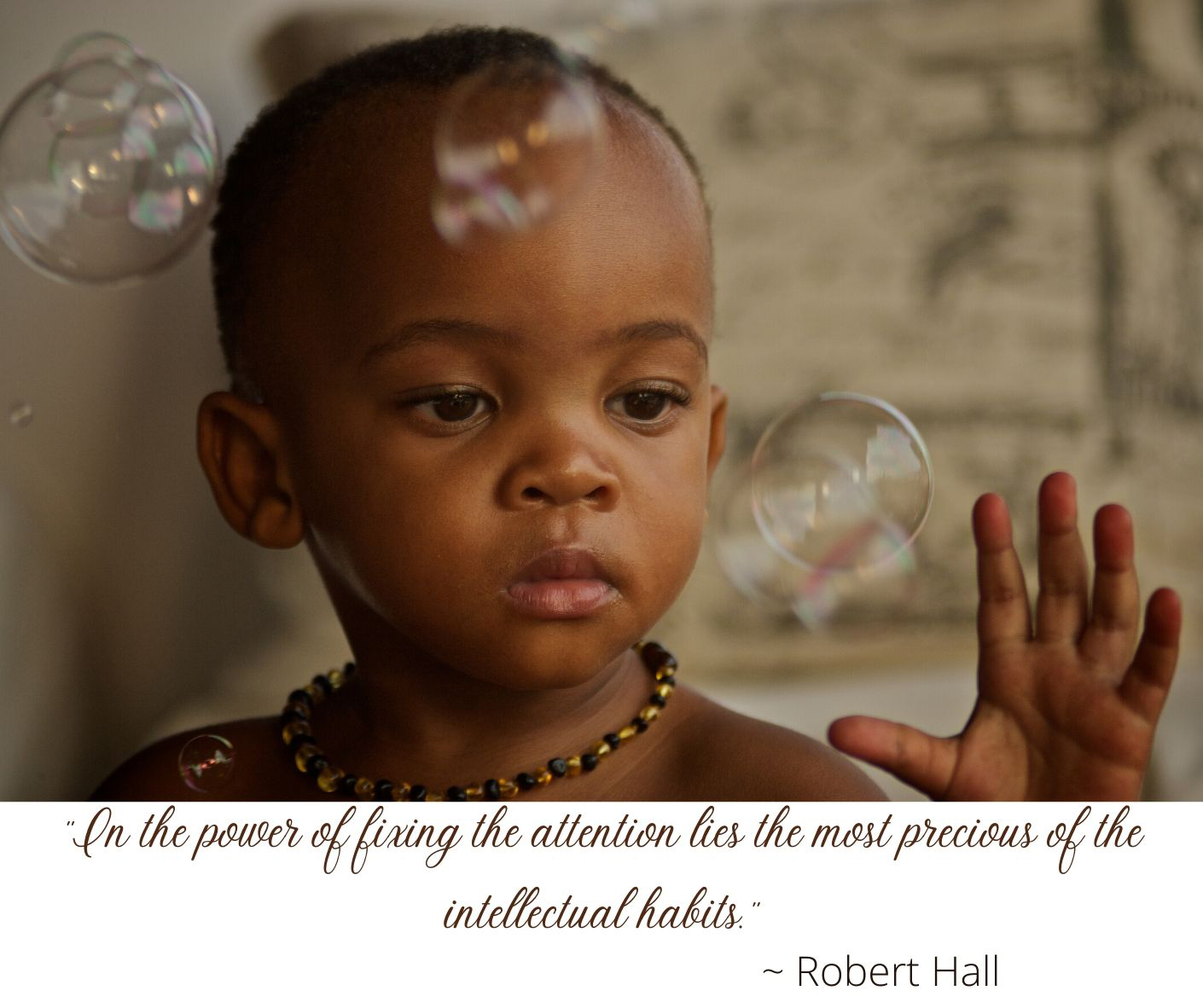
Thus, because everything that enters the former goes through the latter, short-term memory is a key bottleneck in information-processing. 6.Īlthough there is no known limit to long-term memory, working memory is very small ( Miller, 1956). It therefore lacks photographic fidelity. Memory is actively reconstructive, not photographic. 4.Ĭompared with computers, people are poor at calculation. 3.Ĭompared with modern computers, humans process many kinds of information slowly, partly due to physiological limits (neurons are much slower than electronic circuits). This has significant implications for the real-time behavior of busy officials.

High order information-processing, especially conscious thinking and attention, is largely serial. Thus, perceptions must be guided by anticipations and other forms of top-down processing (e.g., schemas). Selective perception of information: our objective environments always contain far more information than we can perceive or attend to. What are our essential properties as information-processors? Synthesizing Hogarth (1987) and Simon (1990) gives us the following list. Experts learn to use economical and sometimes powerful problem representations. Heuristic search occurs in problem spaces: mental representations of the task at hand. Far from being the heart of BR, it is merely one of several general-but-weak heuristics. When these are unavailable they use general (but weak) heuristics such as satisficing (stop searching for alternatives when you find one that satisfices-exceeds your aspiration level-rather than requiring an optimal solution). If the task is highly and recognizably structured, experts will use powerful task-specific heuristics. Instead, heuristics make complicated problems manageable: they cut them down to (human) size and, in the hands of experts, often yield ‘good’ solutions.

For reasonably complex problems search is heuristic: optimality is not guaranteed.

When recognition fails, experienced decision-makers fall back on search. For familiar problems a fundamental trick is to substitute recognition for search. After long experience, experts have stored a great many patterns about their tasks in long-term memory, both about situations (‘this is situation type x’) and actions (‘in situation x, do y’). Simon calls these mechanisms for procedural rationality ( 1981, 1990). The other crucial type of cognitive property are ways in which humans work around the above constraints. (f)Īlthough there is no known limit to long-term memory, working memory is very small (Miller 1956).

(d)Ĭompared with computers, people are poor at calculation. (c)Ĭompared with modern computers, humans process many kinds of information slowly, partly due to physiological limits (neurons are much slower than electronic circuits).


 0 kommentar(er)
0 kommentar(er)
